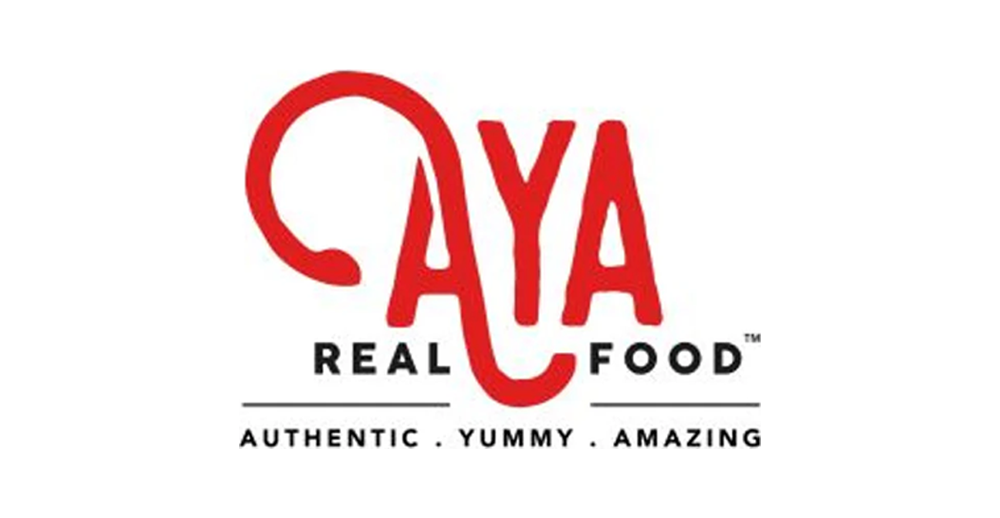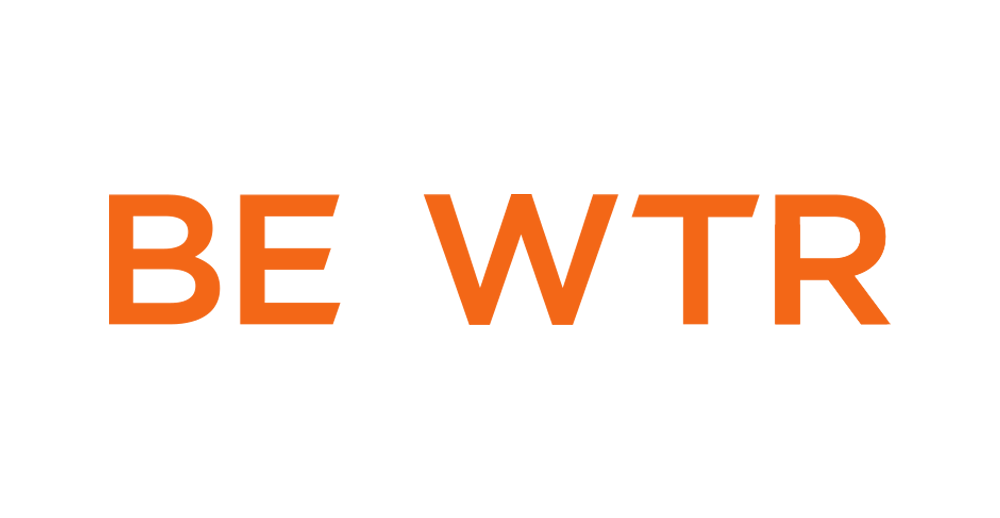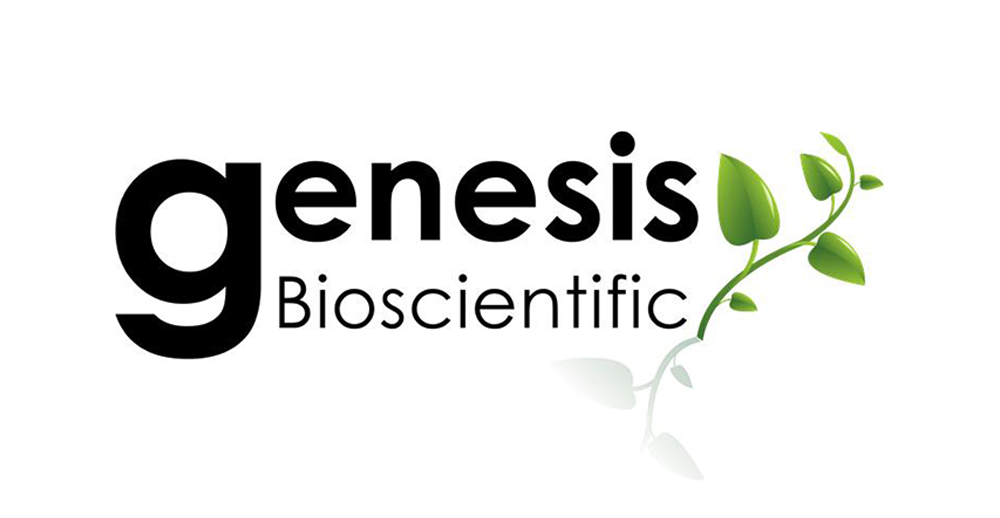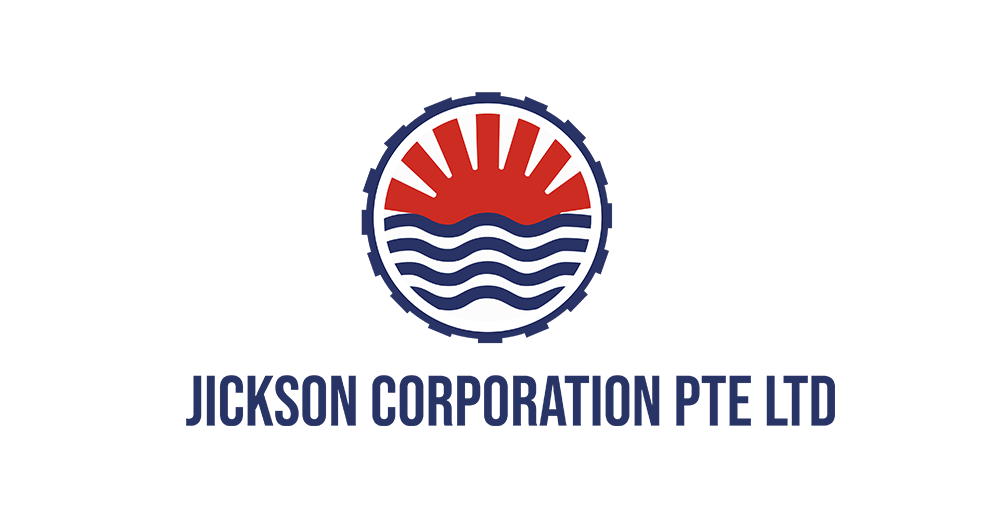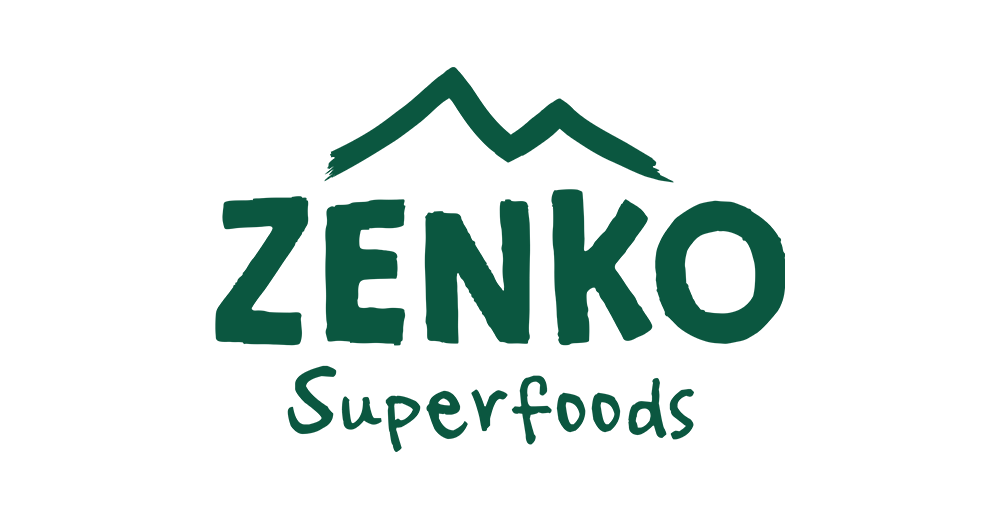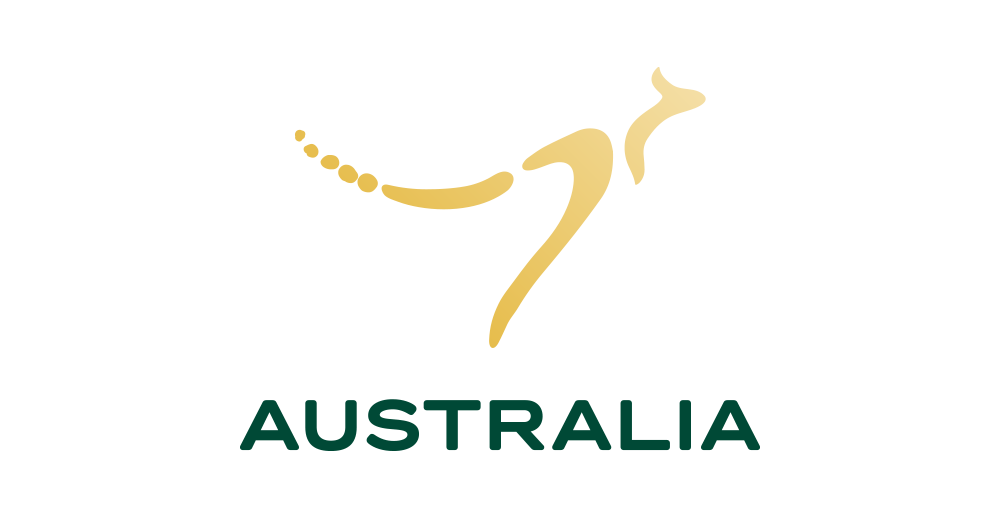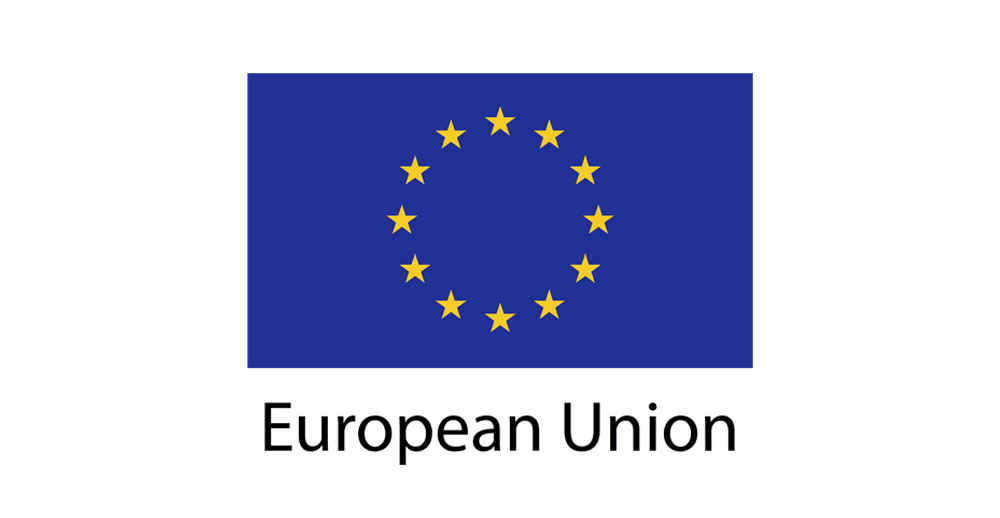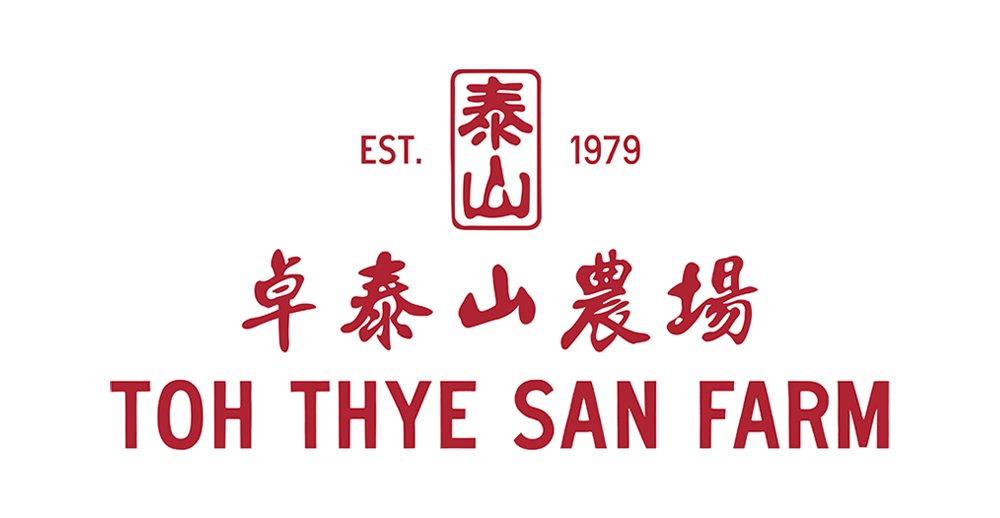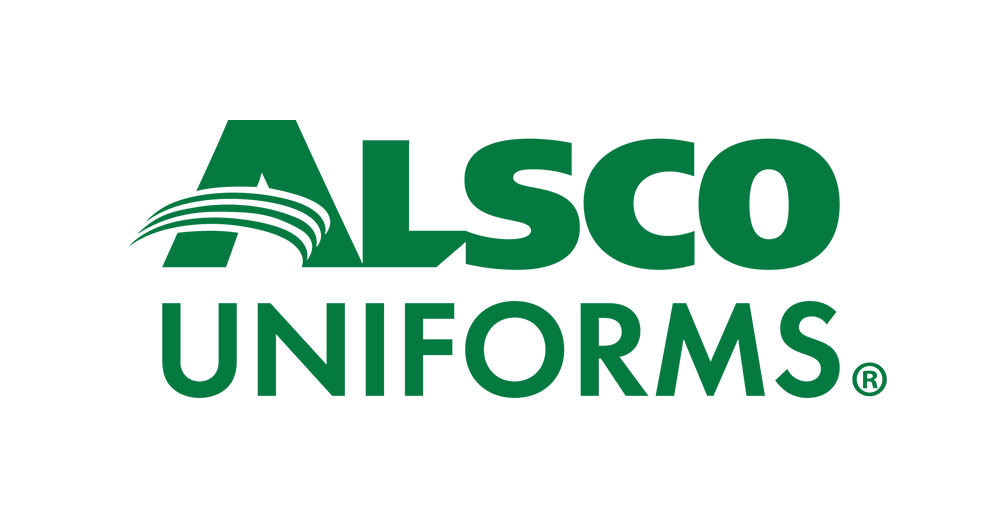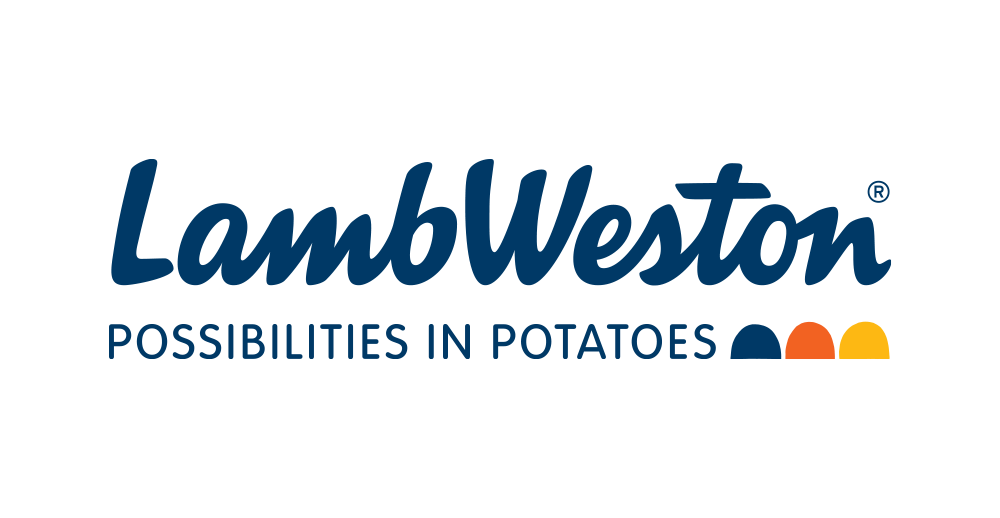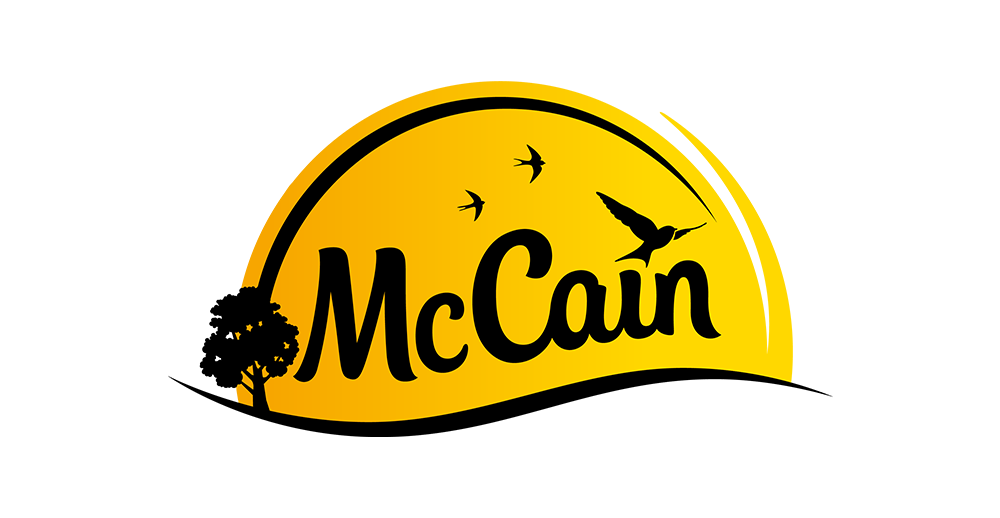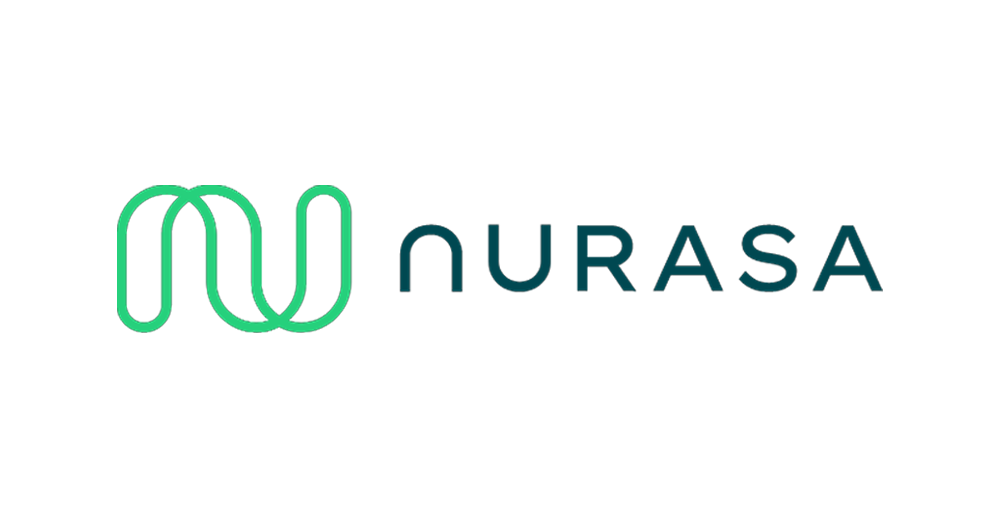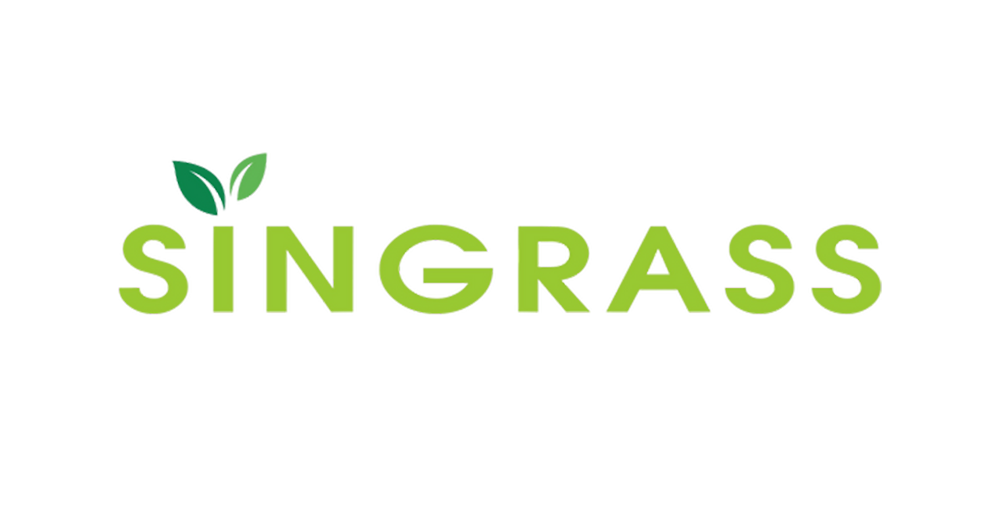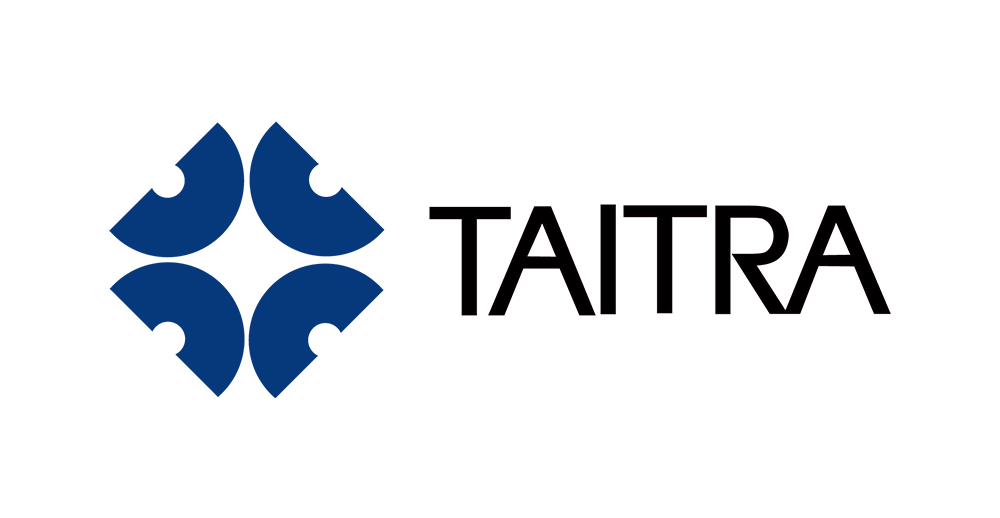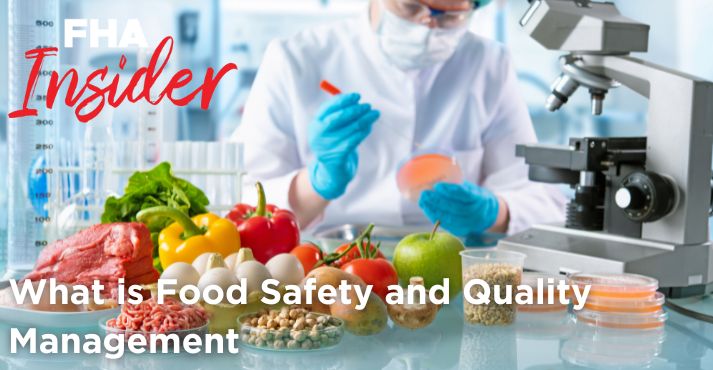
Do you think the food industry can compromise on food safety and quality when consumer health and brand reputation are at stake?
A thorough understanding of food safety and quality management is how your food business can achieve safe and excellent food products.
Implementing quality management and food safety measures comes with the responsibility of repeated checks and inspections.
Without this, the food industry can easily deviate from the promised quality of end products. Once the food product quality is compromised, it is difficult for food companies to repair the damages.
Thus, with the correct food safety practices, businesses can maintain consumer trust and loyalty. This automatically adds to a brand’s reputation and competitiveness in the market.
What are you waiting for?
Let’s learn about the driving success of food businesses in a demanding industry!
What is Food Safety and Quality Management?

Defining Food Safety
As a food and beverage business owner, are you constantly checking that your customers are fulfilling the promise of safe food handling?
Food safety refers to practices that ensure that the food you serve or sell is free from harmful contaminants and pathogens. This has to be implemented throughout the food production chain during processing, handling, and distribution.
Without the necessary food safety checks, food can be contaminated with chemical substances, such as pesticides and additives. Foodborne illnesses are also risky if microorganisms like bacteria, viruses, and parasites are ingested.
The core meaning of safe food handling is protecting your customers from potential health risks associated with contaminated food.
Operating a food and beverage service should guarantee that the food supply chain operates in a manner that upholds the highest safety and hygiene standards.
Understanding Quality Management
The food industry must recognize that achieving food safety without proper quality control and management is impossible.
Quality management in the food industry is systematically approaching a set of standards used to maintain consistent product quality.
To regulate quality control measures, your business must have quality assurance practices at every stage of the food production process. This means safely sourcing raw materials, packaging, and transporting the final product.
Here are the most important quality management systems in the food industry that a business has to abide by in order to meet customer expectations and product standards:
- Global Food Safety Initiative (GFSI)
- Hazard Analysis and Critical Control Point System (HACCP)
- International Food Standard (IFS)
- British Retail Consortium (BRC)
- Safe Quality Food (SQF) 2000
- International Organization for Standardization ISO 22000:2018.
You can deliver products that meet the desired specifications by adhering to quality management principles. This determines how safe the product is for consumption and has the right taste, texture, appearance, and nutritional content.
Customer expectations play a crucial role in quality management within the food industry. Meeting these expectations involves understanding consumer preferences and demands and tailoring the production process accordingly.
Thus, quality management benefits consumers and contributes to food businesses’ overall reputation and success in a competitive market.
Key Components of Food Safety and Quality Management
Food Safety Standards and Regulations
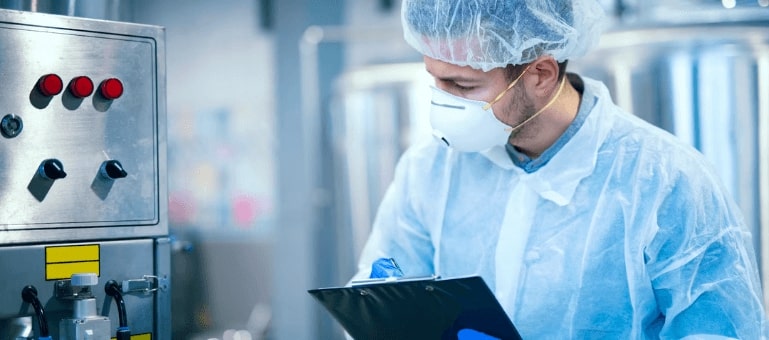
Depending on the area of operation, every food business and industry has to adhere to food safety standards and regulations set by the government authorities like the Singapore Food Agency (SFA). The standards are established by international organizations to ensure that food products can be globally consumed.
The W.H.O. outlined the five basic rules that form the basis of food safety standards. These include asking these simples questions:
- Is the environment kept clean?
- Is there separate storage for raw ingredients and cooked meals?
- Is the food cooked thoroughly?
- Is the food kept at the right temperatures?
- Are you sourcing safe water and raw materials?
This means that the food has to be produced, processed, handled, and distributed (by food distributors) in a manner that minimizes the risk of contamination and prevents foodborne illnesses. Food businesses that show compliance with these standards demonstrate commitment to consumer safety.
Conducting a thorough food safety audit is one of the most effective ways to ensure that these practices are consistently upheld and identify any gaps in compliance.
Food safety standards outline specific protocols that must be followed throughout the food supply chain.
These regulations encompass various aspects, including properly handling and storing ingredients and ensuring hygienic practices. Traceability of products, labeling requirements, and transportation procedures in the supply chain are equally important steps.
We will outline the most important food safety guidelines that will help you pass the next health inspection assessment and provide consumer protection. Let’s look at what they are:
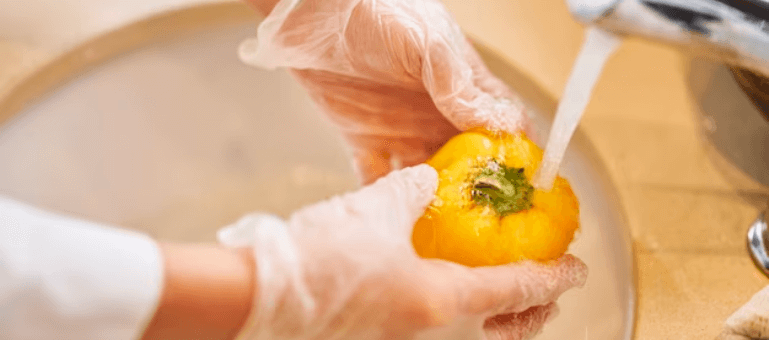
- Personal Hygiene: Proper handwashing, maintaining clean uniforms, and using disposable gloves to prevent the spread of contaminants from food handlers.
- Proper Food Handling: Store food by cooling it from 135 °F to 70 °F within 2 hours and then from 70 °F to 41 °F within 4 hours. Keep raw and cooked foods separate to prevent cross-contamination and spoilage.
- Cleaning and Sanitizing: Regular cleaning and sanitizing of food contact surfaces, utensils, and equipment.
- Pest Control: Fumigate as frequently as possible and keep dumpsters clean.
- Acquiring Supplies from Reliable Vendors: Choose a wholesale supplier known for safe handling.
This regulatory compliance by food producers minimizes the potential for contamination, reduces the risk of foodborne outbreaks, and enhances the overall safety of the food supply.
When companies follow these regulations, they create a transparent environment for consumers. In other words, consumers know that the food purchased is of high quality.
These guidelines are drawn from research by industry experts, providing businesses with comprehensive strategies to prevent hazards, cross-contamination, and food spoilage.
Quality Control and Assurance
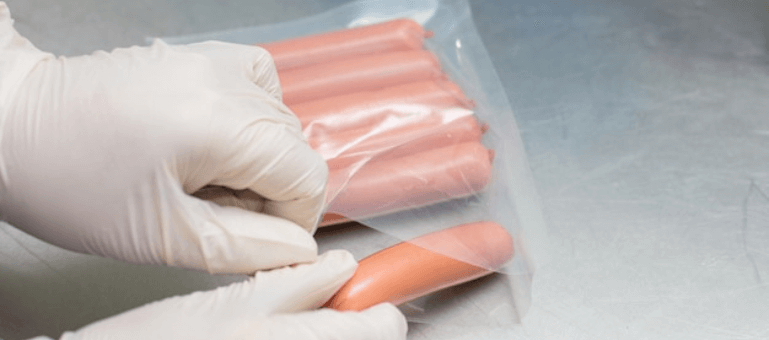
The next component in maintaining product excellence is quality control and quality assurance.
Quality control and quality assurance sound similar but carry different meanings for your food business. Essentially, both are designed to identify, prevent, and rectify any potential issues or defects in food products before they reach consumers.
Quality control encompasses inspection, testing, and evaluation of food products at various stages of production. It identifies deviations from international quality standards. This way, you can take corrective actions to rectify them.
The important steps of quality control should follow the HACCP (Hazard Analysis Critical Control Point) system. Here’s what a systematic approach toward food safety hazards is:
- Raw Material Inspection: Inspect incoming raw materials to ensure they meet the specified quality criteria and are free from contaminants.
- Product Testing: Conduct regular tests on food products to assess taste, texture, appearance, nutritional content, and safety.
- Process Control: Implementing controls and procedures to maintain consistency in food processing methods and approved recipes.
- Packaging Inspection: Ensuring that the packaging materials are suitable for the intended use and that they protect the product from contamination.
- Hygiene and Sanitation: Enforcing strict hygiene and sanitation practices in production facilities.
- Equipment Calibration: Regularly calibrating and maintaining production equipment to ensure accuracy and consistency in food processing.
- Shelf Life Testing: Evaluating the shelf life of food products under different storage conditions to determine their expiration dates.
- Traceability: Maintaining comprehensive records and implementing plans to track and withdraw products from the market if necessary.

The next part of the topic is quality assurance, which is the set of activities that ensure food products are handled in a way that the procedures prevent defects and maintain product consistency.
Although there is a slight overlap with quality control practices, you should be aware of quality assurance in the food industry:
- Sensory Evaluation: Use the human senses to assess the appearance, flavor, texture, and overall sensory characteristics of food products.
- Chemical Analysis: Analyze the chemical and nutritional content of food items, such as the macronutrients, micronutrients, additives, and contaminants.
- Microbiological Testing: Assessing the presence and levels of microorganisms.
- Physical Properties Measurement: Measuring the pH, viscosity, water activity, and texture, which impact the food’s stability.
- Nutritional Labeling Compliance: Verifies that food products’ nutritional information displayed on labels aligns with regulatory requirements and the actual content.
The most important component of quality assurance is customer feedback analysis. This means, like any other industry, you should collect and analyze feedback from consumers to understand their perceptions of food quality and identify areas for improvement.
The Significance of Food Safety and Quality Management
So far, we have explored the best practices of food safety and quality management. However, you cannot fully implement them without knowing the importance of each step.
Consumer Confidence and Trust
Effective food safety and quality management practices play a crucial role in building consumer confidence and trust in food products and brands.
Consumer perceptions of food safety are based on the brand’s reliability and trust in the food industry’s practices. This means that consumers will only purchase specific brands, and according to a study, food and safety standards govern their purchase decision.
A survey carried out in 2022 in the United Kingdom by Statista concluded that 69% of consumers believed that food assurance and inspection schemes were responsible for ensuring food safety and standards.
When consumers have awareness regarding a restaurant brand’s commitment to ensuring the safety and quality of its offerings, they feel more confident in their purchasing decisions. Customers buy from companies that have safe food practices speaking for the product quality.
Another way to look at the importance of quality management is a consumer’s willingness to pay a higher price for a safe and healthy food product.
Thus, companies must consistently deliver products that meet or exceed customer expectations through rigorous quality control and assurance processes, leading to a high product reputation.
A brand that is consistent with its high-quality products gains a reputation for reliability and credibility. Above all, positive word-of-mouth and favorable reviews from satisfied customers reinforce the brand’s image, attract new consumers and foster brand loyalty.
Thus, trust is a valuable asset that keeps customers coming back for more, even in the face of competition. It also enhances the chances of expanding the customer base through referrals from existing satisfied consumers.
Ensuring Business Sustainability
What should you do to make sure your business practices are sustainable?
Focus on implementing rigorous food safety protocols, adhering to quality standards with fresh, locally sourced ingredients, reducing waste, and implementing eco-friendly packaging.
If your food and beverage business completely adheres to the safety laws, it shows dedication to food safety and quality. It is one major step in making your company more resilient in the face of challenges.
A well-established quality management system enables swift identification and resolution if a food safety issue arises. This prevents further damage to the brand’s reputation. This resilience helps the business bounce back from setbacks and continue its operations effectively.
Similarly, it reduces the risk of foodborne illnesses, thereby avoiding potential legal issues and financial losses. This proactive approach ensures that the business can maintain its operations, such as food service operations, smoothly without disruptions caused by product recalls or safety incidents.
In the highly competitive food industry, businesses that prioritize food safety and quality gain a competitive edge. A reputation for the highest product quality and safety sets a company apart from its competitors.6y
We are sure you can put together how such practices contribute significantly to a food company’s long-term success. Following the basics of delivering safe, reliable, and high-quality products achieves long-term success through quality management.
The path to building a loyal customer base is not easy, but it starts by having your customers trust you. This, in turn, leads to business sustainability, growth, and eventual success in the food industry.
Conclusion
Do you feel confident with your food business’s regulatory compliance with international food safety laws?
This blog explored the nuances of Food Safety and Quality Management and the importance it has in the food industry.
Simply put, food quality management is directly related to your company’s profits.
The significance of food safety and quality management cannot be overstated. Getting rid of the source of the ingestible pathogens is necessary to save a public health emergency.
When customers know that your products are consistently safe and reliable, they are more likely to become loyal. While doing the right thing, you may face challenges, but it requires leads to consumer satisfaction and trust in your brand.
In a growing market, prioritizing food safety and quality management is the fastest way to set your brand apart and position it as a responsible and trustworthy choice.
Follow the simple steps in the blog to deliver a safe and satisfying consumer experience and foster long-term growth.








